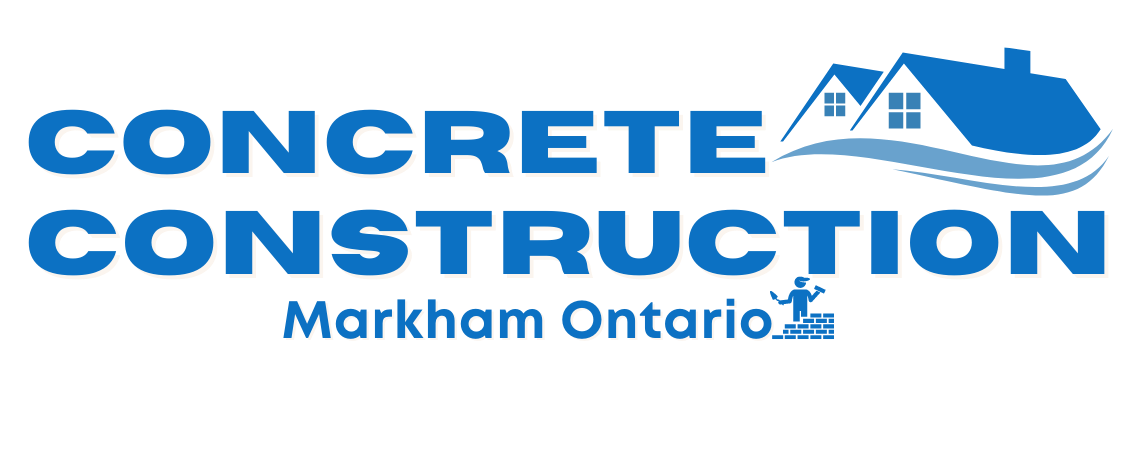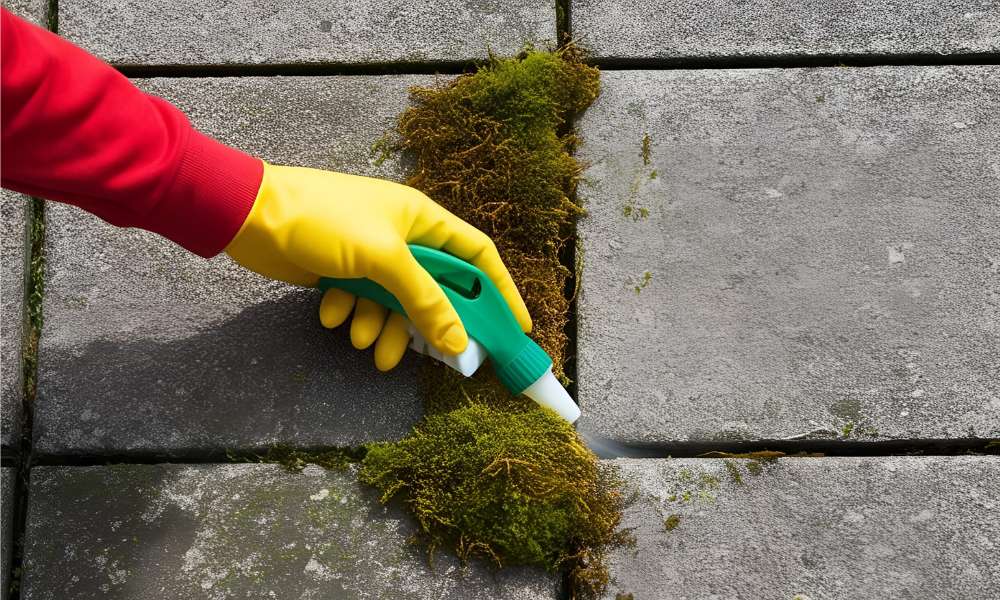Moss often grows on cement surfaces like driveways, sidewalks, and patios because they stay damp and shaded. Areas with little sunlight and poor drainage are perfect places for moss to spread. It’s important to remove moss from cement because it can make surfaces very slippery, leading to slips and falls. Over time, moss can also damage the cement by keeping it wet and weakening the structure. Besides safety and durability, moss can make your outdoor spaces look dirty and neglected, which affects your home’s curb appeal.
In this guide, you’ll learn how to remove moss from cement using different methods, including manual scrubbing, pressure washing, natural home solutions, and chemical treatments. We’ll also share tips on how to prevent moss from growing back in the future.
Why Do Mosses Grow on Cement?
Because moss likes to grow in damp and shady places, it is often found on cement surfaces. Moss is encouraged by regular moisture, no direct sunlight, and poor drainage. Elemental constructions naturally promote moss because rainwater or condensation leaves these areas damp. Spots that are constantly shaded, such as those near trees or buildings, aren’t allowed to dry quickly. Driveways with cement, sidewalks, patios, garden paths, and retaining walls typically experience these issues. Since these areas hold water and don’t get much sun, moss is able to grow strongly there. The key to removing and preventing moss growth starts with knowing why it happens in the first place.
Is the presence of moss on cement harmful?
Yes, moss on cement can be much more annoying than just looking bad. Many people worry about safety since moss creates a slippery place, increasing the chance of accidents, especially after it rains. Families, visitors, and pets could be at risk as well. Moss can lead to damage on cement structures as time goes on. The entryway allowing water against the concrete is bound to wear it down, form cracks, and compromise its structural strength, which ultimately needs expensive repairs. The presence of moss can make your home or business look less attractive. A driveway or patio covered with moss may make your house appear abandoned or unattractive. For this reason, you need to regularly clear off the moss to maintain a beautiful and safe environment outside.
Step-by-Step Guide on Removing Moss from Cement
Step 1: Preparation
You should make sure the area is well readied before you start removing moss. Begin by sweeping away all the leaves, dirt, and loose moss on the bricks. It reveals the moss that is struggling to grip the cement. If cleaning with chemicals or pressure washing comes next, ensure that plants, grass, and fragile surfaces are covered with some plastic sheets or tarps beforehand. Protection with gloves, goggles, and wearing old clothes will keep you safe and clean while working.
Step 2: Brushing heavily with a stiff brush
A gentle scrub using a brush works well for little patches of moss on plants or fine cement. Remove moss from the cement with the help of a stiff-bristled brush or deck scrubber. Rub with force in a circular way to help remove the moss. It is particularly useful for applications where chemical treatments or machines should not be used, for example in decorative patios or walkways.
Step 3: Using Natural Moss Removers (Vinegar, Baking Soda)
If you like to use environmentally friendly products, try vinegar or baking soda for cleaning. Fill a spray bottle halfway with white vinegar and fill it to the top with water, then spritz the mossy spots. You should leave the wipes in place for roughly 15-20 minutes before cleaning and rinsing. To treat moss, pour baking soda over the area, add water to form a paste, and leave it for several hours before you scrub. You can safely rely on these cleaners for use in areas with pets or plants, as long as you handle them properly.
Step 4: Chemical Moss Killers & Bleach Solutions
When moss overgrowth is very bad, stronger chemicals may be needed to remove it. They are meant to pass through the soil to the moss roots and eliminate them. Be sure to read the manufacturer’s directions carefully, especially when it comes to mixing and protection. You may also use a bleach solution (one part bleach to 10 parts water) to kill the yeast. Spray or brush it on, wait about 10-15 minutes, and after that, scrub and rake out the residue before rinsing. Keep protective gear on when dealing with chemicals and never let them near your plants or pets.
Step 5: Pressure Washing
The fastest method to get rid of moss from cement is by pressure washing. To prevent harm to the cement, point the nozzle of the pressure washer at a wide angle. Begin with a low pressure level and only change it when necessary. Set the nozzle so it makes a slight angle and keep a safe distance from the workpiece. If your cement is cracked or aged, water blasting can do more damage. Make sure to let the area fully dry up after pressure washing.
Preventing Moss from Returning
After washing moss away from the cement, it’s important to prevent it from returning. To avoid water puddles on your concrete, deal with drainage issues by improving gutters, downspouts, and making sure the land slopes away from your house. Also, see if you can increase light in your garden by trimming any branches that cover the sun. Moss has a tough time surviving on hard wet surfaces after the sun has dried them out. If you want to keep your concrete safe, try adding a sealant or moss-resistant solution. Such products create a layer that hinders water from settling and stops spores from growing on the material. Once a month, you should carry out a maintenance check. Regularly sweep and clean cement flooring to stop dirt and matter from causing moss to form. To prevent future moss on your cement, just do a simple routine to keep it clean and safe.
Read more: How to Install Drywall on Concrete Wall
Conclusion
Moss on cement might seem harmless, but it can cause slippery surfaces, damage concrete, and hurt your home’s appearance. The good news is there are several effective ways to remove moss from cement. You can use simple methods like manual scrubbing, a pressure washer, natural solutions like vinegar or baking soda, or stronger chemical moss killers for tough cases.
Once you’ve cleaned the area, regular maintenance is key. Keeping surfaces clean, improving drainage, and applying protective sealants will help prevent moss from coming back.
It’s always better to tackle moss early before it spreads and causes bigger problems. With the right approach, you can keep your cement surfaces safe, clean, and looking their best all year round.

